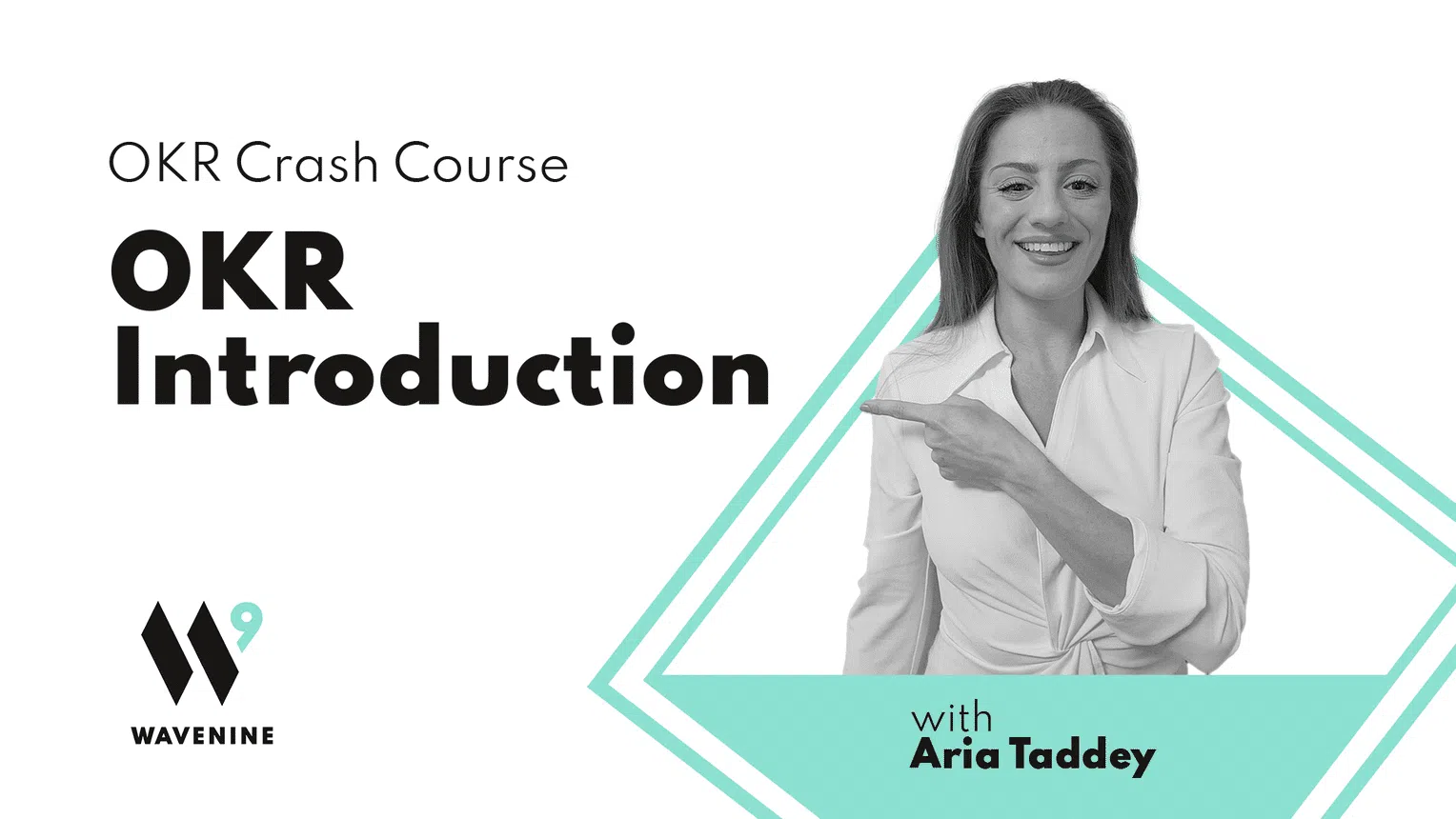The Top 3 Reasons Teams Should Create Their Own OKRs
Discover the top 3 reasons teams should create their own OKRs—boosting ownership, strategic alignment, and engagement to drive better performance.

The Top 3 Reasons Teams Should Create Their Own OKRs
Objectives and Key Results (OKRs) have become a popular method to drive performance and alignment.
However, not all OKR implementations are created equal.
One critical factor that can significantly influence the success of OKRs is the approach to their creation.
At Wave Nine, we firmly believe that teams should create their own OKRs.
It’s something we always recommend to our OKR consulting clients.
Let’s dive into the top three reasons for why this is the case, and how changing this one thing can help your teams achieve more of their OKRs!
1. Ownership Through Authorship
When a team is handed a goal by their boss, it can often feel like just another task to check off a list.
However, when a team decides on the goals themselves, it changes the entire dynamic.
This is akin to the difference between being told to jump over a bar versus deciding as a team the height of the bar you want to jump over.
Research has consistently shown that people are more likely to achieve goals when they feel ownership over them.
Ownership is created through authorship.
When teams set their own goals, they are more invested in the outcome because they have a personal stake in the success.
This sense of ownership drives motivation and commitment, leading to higher levels of achievement.
OKR workshops are perfect for this, as certified OKR coaches guide teams through this process, ensuring they feel empowered.
2. Strategic Alignment Through Localization
In our approach, we advocate for the localization of top-of-house OKRs into team-specific objectives.
This means that while teams look at the overarching goals set by leadership, they don’t just copy and paste them.
Instead, they work to understand the strategic intent behind these goals and then craft their own OKRs that align with this broader vision.
This process of localization, which practice in our OKR workshops, ensures that teams are not just following orders but are actively contributing to the organization’s strategic direction.
It fosters a deeper understanding of the company’s goals and how each team’s efforts contribute to achieving them.
This strategic alignment, achieved through a joint understanding of direction and necessary steps, is essential for cohesive and effective organizational performance.
3. Enhanced Engagement and Responsibility
By allowing teams to craft their own OKRs, members feel a greater sense of responsibility towards achieving them.
This approach contrasts sharply with cascading, where objectives are simply passed down the hierarchy, often losing context and meaning in the process.
Cascading can lead to disengagement as team members may not fully understand or connect with the goals they are given.
Click here to read more about why localizing OKRs is better than cascading OKRs.
When teams set their own focus through localized OKRs in OKR workshops, it not only drives engagement but also ensures that the goals are relevant and meaningful to them.
This method empowers teams to take ownership of their objectives and key results, fostering a culture of accountability and proactive problem-solving.
Empower Your Teams by Having Them Author Their Own OKRs
At Wave Nine, we have implemented over 250 OKR programs and have seen firsthand the transformative impact of allowing teams to create their own OKRs in OKR workshops.
Ownership through authorship, strategic alignment through localization, and enhanced engagement and responsibility are just a few of the benefits.
While cascading OKRs might seem simpler, and some proclaimed OKR gurus might say it’s the way to go, the potential downsides make localization a far more effective approach for achieving true alignment and driving performance.
By embracing these principles, organizations can ensure that their teams are not only aligned with the company’s strategic goals but are also motivated and committed to achieving them.
In the end, it’s about creating a collaborative and empowering environment where every team member feels invested in the journey towards success.
Other Articles
Get the inside scoop on OKRs
Sign up to our newsletter to get OKR tips, tricks, and insights delivered directly to your inbox!




